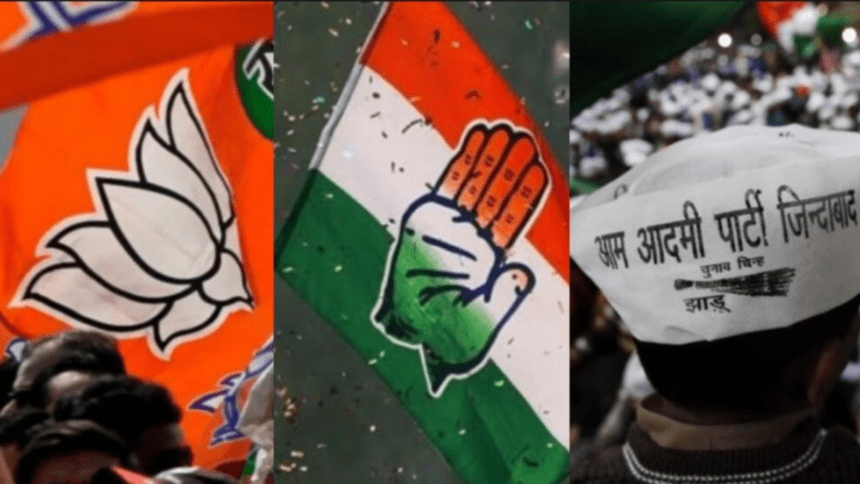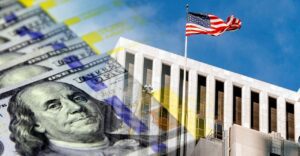The Politics of Turncoats: A Shift in Delhi’s Electoral Landscape
As the political landscape in Delhi gears up for the assembly elections, one trend has emerged prominently: the rise of turncoat politicians. Once viewed with skepticism, these political defectors have now become vital assets for their respective parties. The current electoral scenario marks a remarkable flexibility, where loyalty is seemingly secondary to electoral viability.
Evolution of Political Affiliations
The constituency of Patel Nagar exemplifies the fluidity of political allegiances. Krishna Tirath, a veteran Congress politician, is contesting this election on a Congress ticket, despite having been a BJP candidate in 2015. Parvesh Ratan, currently representing AAP, was also a BJP candidate in the previous elections. This intricate web demonstrates a significant jigsaw puzzle in the Delhi assembly, with many candidates switching sides seemingly to enhance their electoral prospects.
In this highly competitive environment, all parties are reaping the benefits of these turncoat politicians. AAP, for instance, has embraced many former Congress and BJP members, offering tickets to 22 candidates with previous affiliations to other parties. Figures like Surinderpal Singh Bittu, who transitioned from Congress to AAP, and Shoaib Iqbal, a seasoned politician who has navigated through multiple parties, highlight this trend of re-alignment.
Upcoming Challenges and Strategies
The BJP, led by Prime Minister Narendra Modi, mirrors this trend by fielding candidates who have previously switched from AAP. Notable names like a former AAP minister contesting from Bijwasan illustrate the intense competition each party faces, where candidate backgrounds are secondary to their appeal and perceived electability.
Additionally, the return of familiar faces to old parties reflects the ongoing negotiations within Delhi’s political scene. Arvinder Singh Lovely’s repeated shifts—from Congress to BJP and back—indicate a broader trend where politicians continually reassess their commitments based on electoral viability.
Moreover, the potential fragmentation of the Muslim vote poses implications for AAP, particularly considering the historical significance of this demographic in Delhi politics. Analysts suggest that many traditional Muslim voters may lean back toward Congress, given AAP’s perceived inaction on critical issues affecting the community, such as the protests in Shaheen Bagh.
The Implications of a Hung Assembly
The upcoming election may culminate in a hung assembly, where no clear majority emerges. Such a scenario could lead to a re-evaluation of allegiances among turncoat politicians. For instance, the recent dynamic of two Muslim candidates crossing over from AAP to Congress suggests a potential realignment that could alter the electoral calculus significantly.
Hussain Afsar, an analyst, predicts that the Muslim electorate may favor Congress due to AAP’s past shortcomings. His assertion emphasizes the nuances of electoral dependencies that could reshape party strategies during the campaign.
Conclusion
In sum, the prominence of political turncoats in Delhi’s assembly elections represents a significant transformation in the political arena. As parties navigate these complex affiliations, voters are left to decipher a rapidly changing political narrative. The forthcoming elections will not only test the resilience of traditional party structures but will also redefine the landscape for aspiring political actors amidst an era of unprecedented electoral maneuvering.
As we move closer to the polls, the focus will be on how these shifts culminate in actual votes, and whether turncoat politics truly translate into electoral success.










